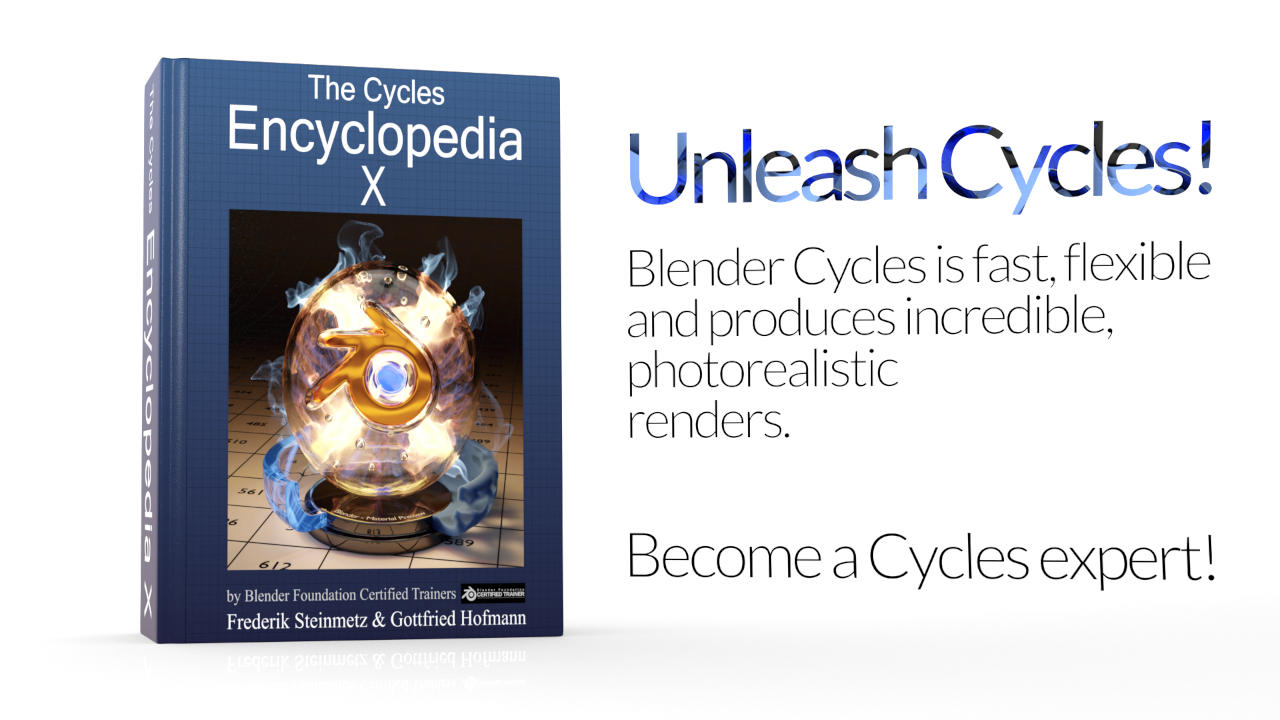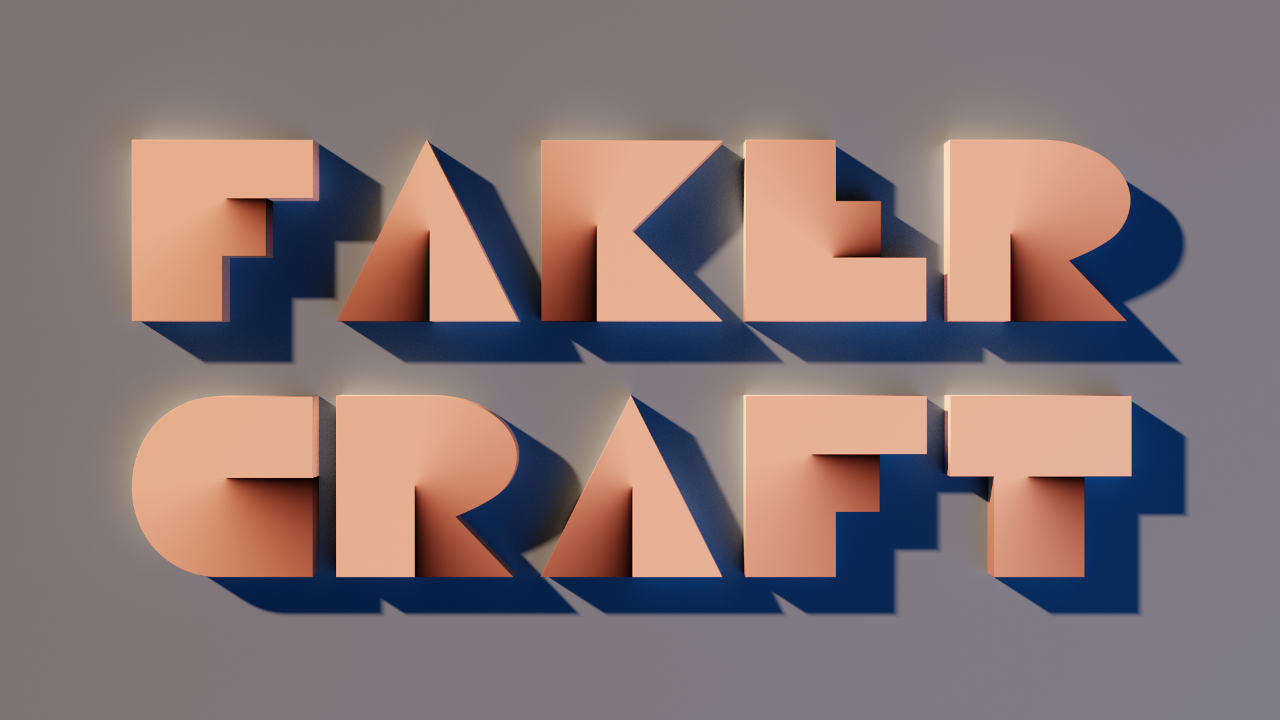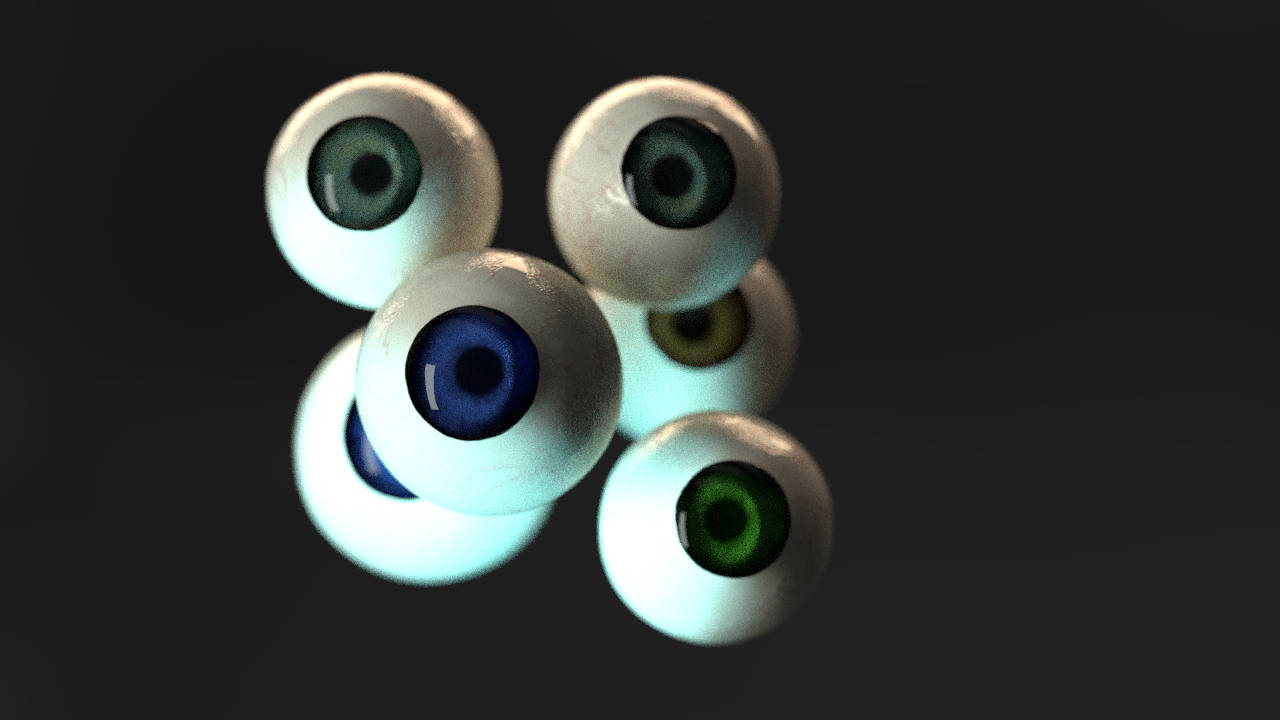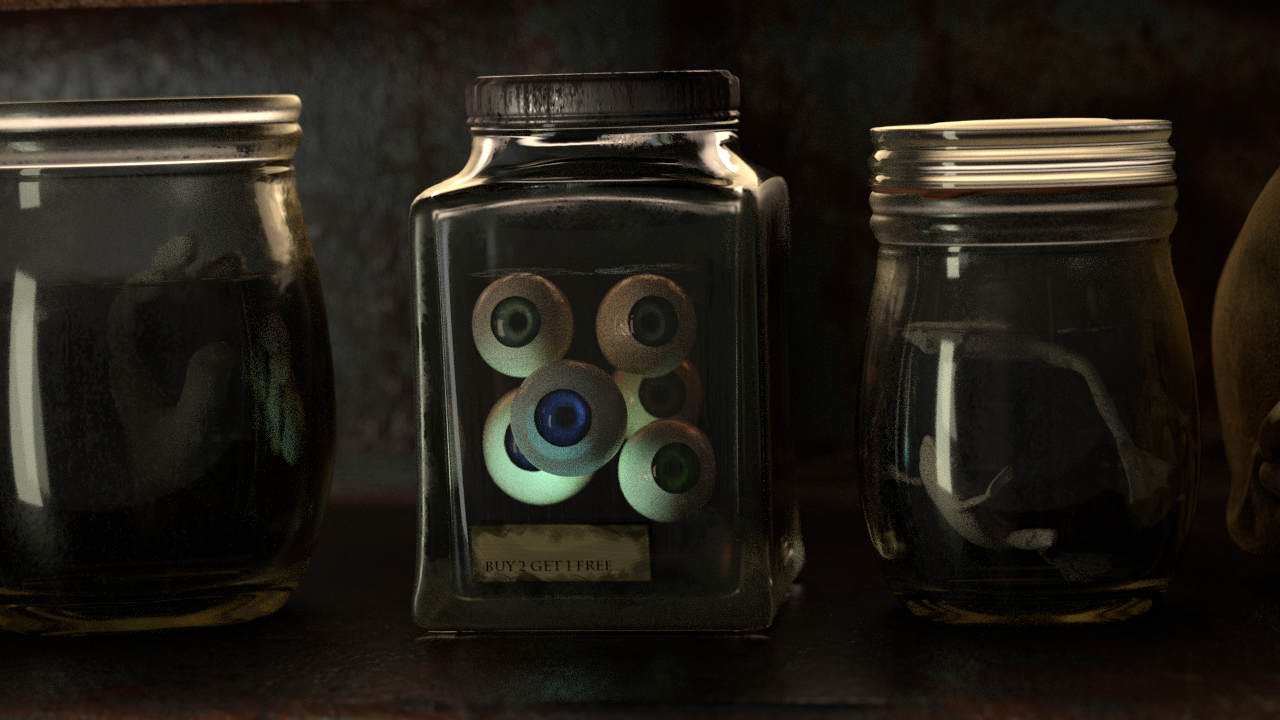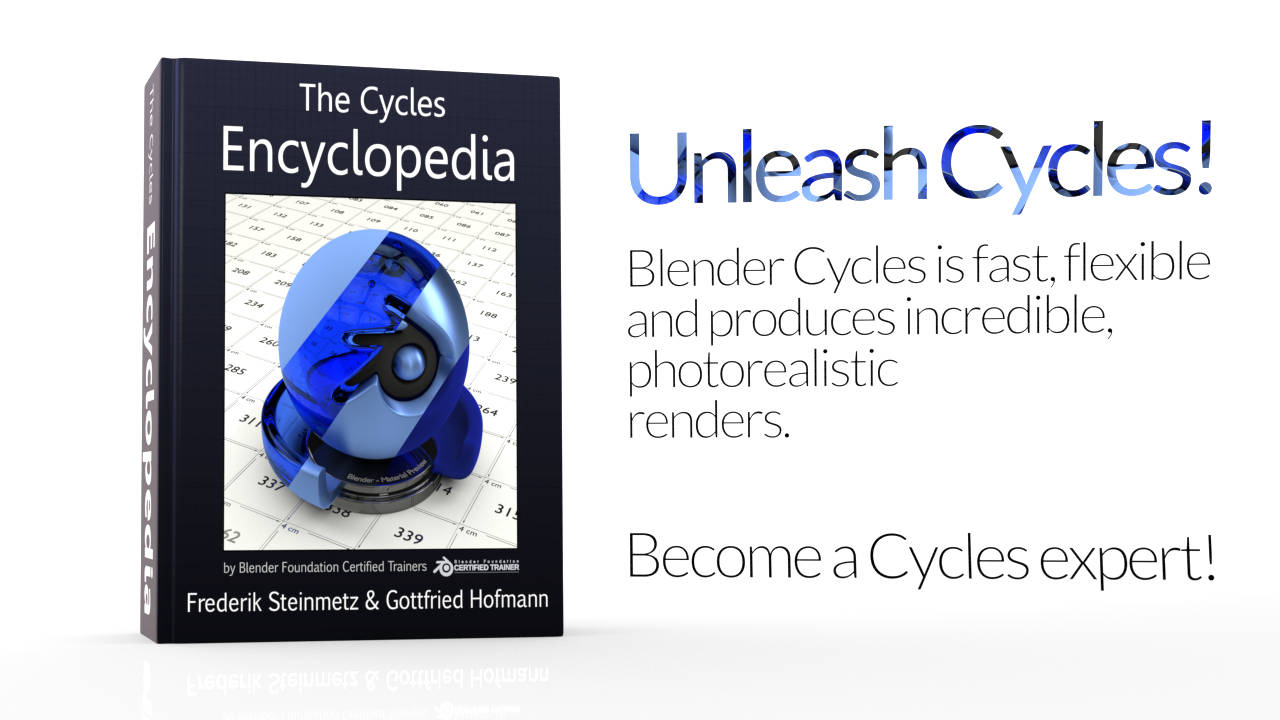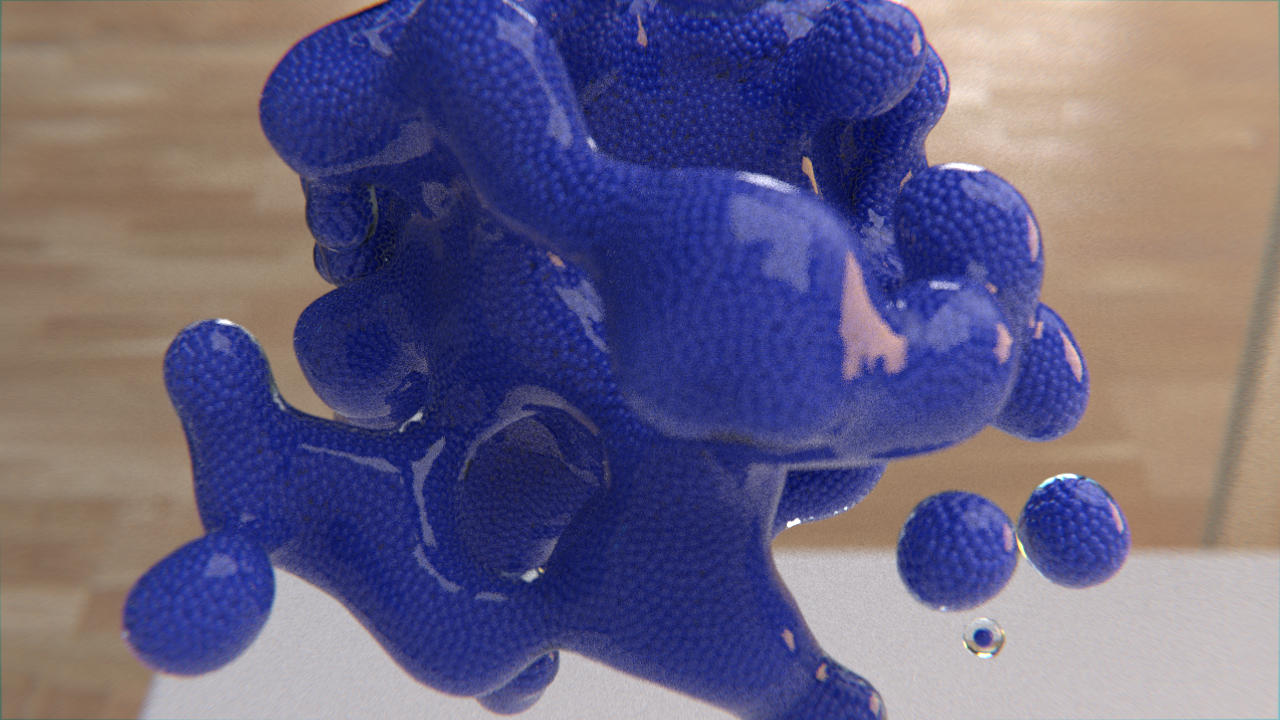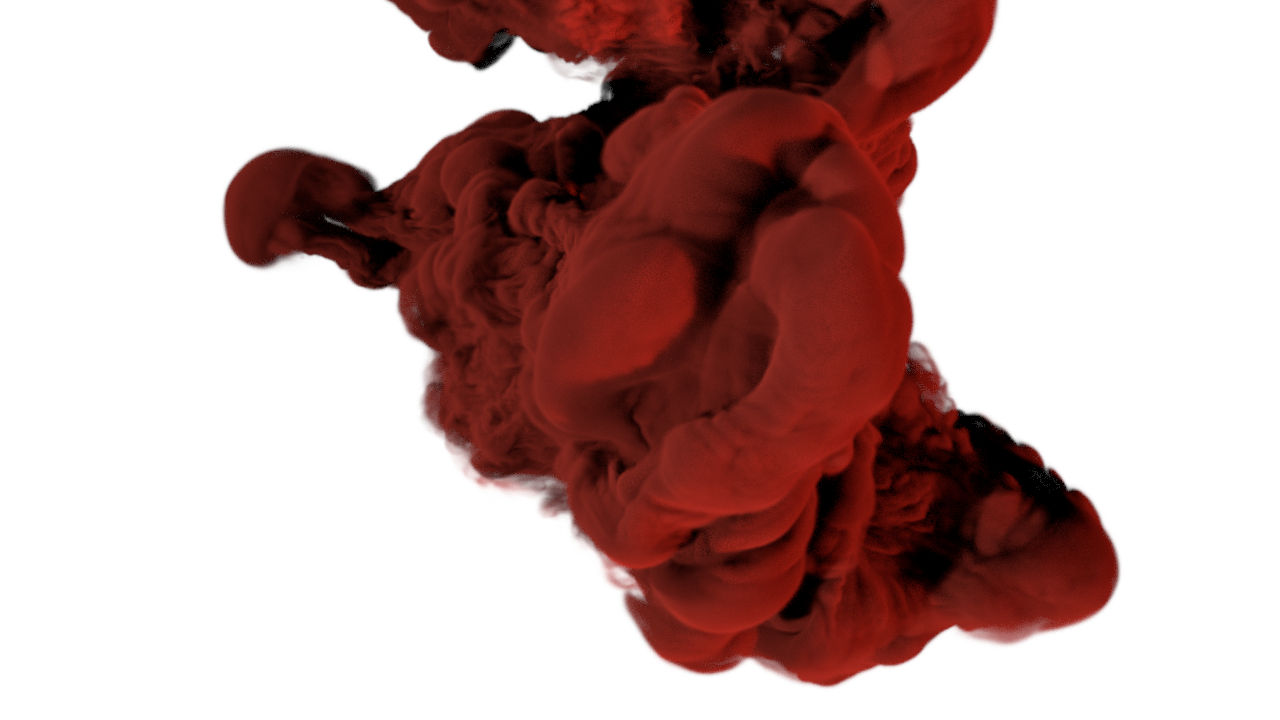Blender is a really versatile program. It can even be used as a replacement for image manipulation programs like Photoshop or Krita in some cases, with the added benefit that real and fake 3D can be combined.
In the second part of the BlenderDiplom Halloween 2016 series Frederik Steinmetz shows how to use animation nodes to track the rotation of several objects towards another object at once and how to use the setup to easily control further attributes and effects.
It's Halloween 2016 - scary eyes everywhere - looking at you! Frederik Steinmetz shows how to morph a sculpted mesh using shape keys and how to make objects look towards the camera.
The new Version of BlenderDiplom's Cycles Encyclopedia is out. If you don't want to scrub through it looking for the latest additions yourself, here is a list of the most important changes.
Kenneth F. Musgrave came up with an algorithm to create procedural patterns suitable for creating procedural terrain. His results actually exceed this purpose and can produce some very interesting patterns. His methods are implemented in Cycles but they are largely overlooked.
Last year's fluid particle demo has been meshed using the cubesurfer addon. Check out the results and how the version with surface compares to the one with just the particles and as final bonus a version that shows both.
The Animation Nodes addon for Blender allows you to animate individual letters of a word. This tutorial shows you how by adding a little bit of random movement to each letter using the wiggle node.
The Animation Nodes addon for Blender comes with several nodes to accomplish a wiggle effect. This tutorial explains in-depth all the options and internals.
Ink drops in water are heavily used elements in graphic and motion design. You can create them right inside Blender. And thanks to the Cycles render engine you can create the traditional and more modern variants with ease.
